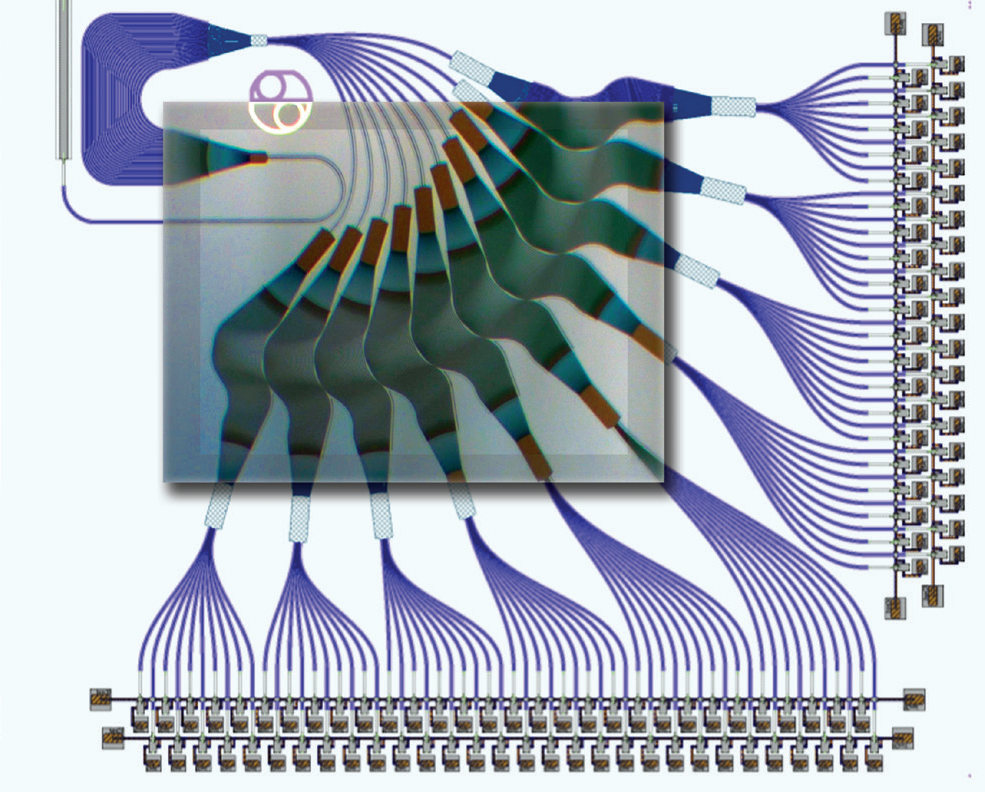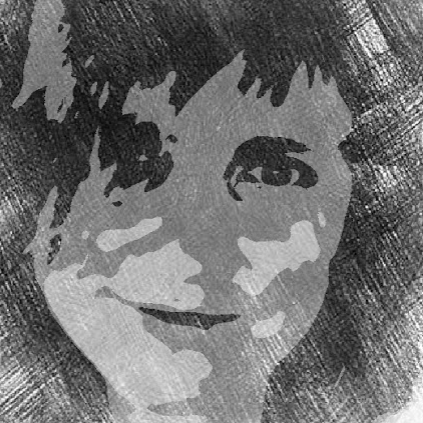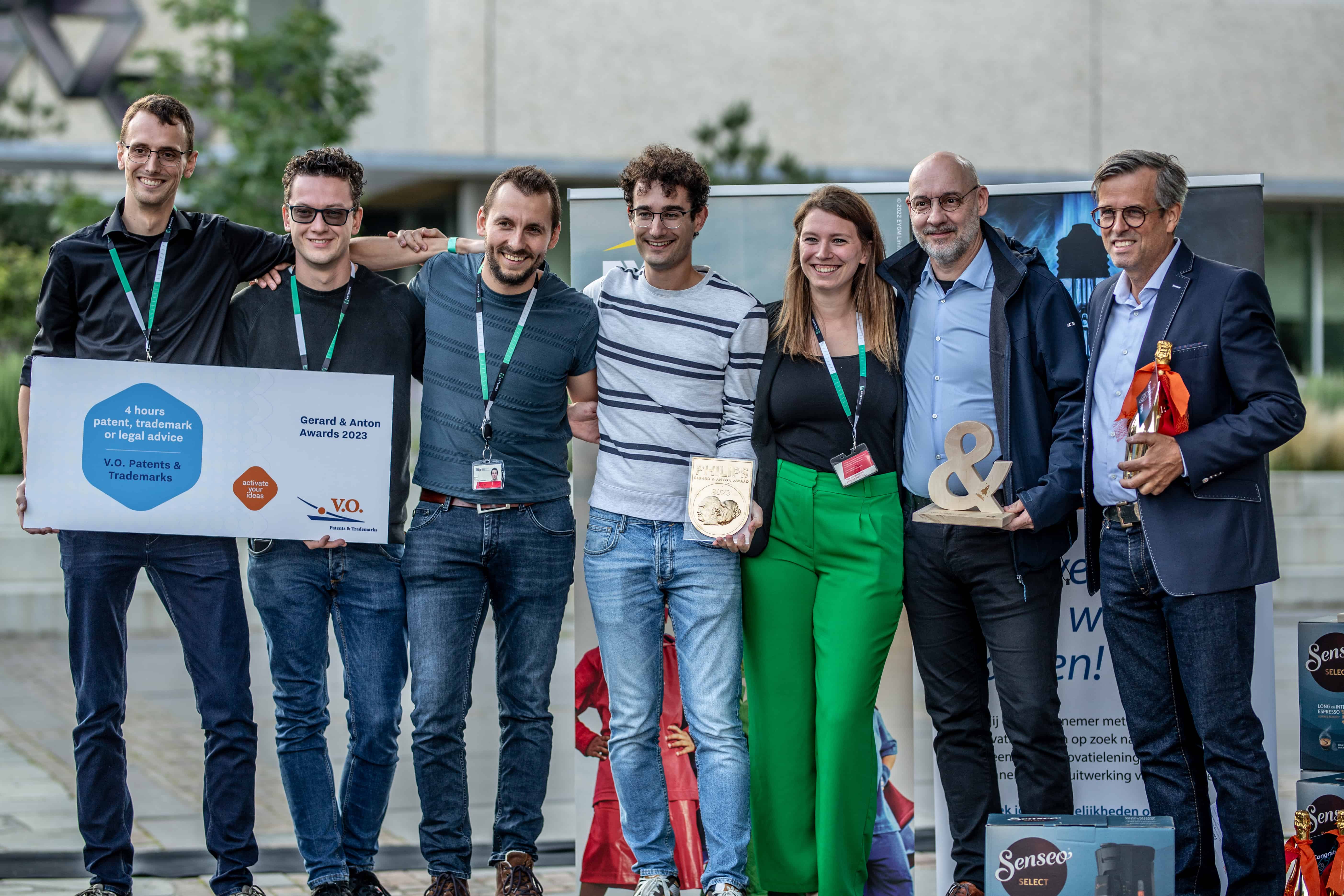
About Bright Photonics
- Founders: Ronald Broeke
- Founded in: 2010
- Employees: 6
- Money raised: The sole investor is Ronald Broeke who founded the company.
- Ultimate goal: To provide photonics solutions to clients
Ronald Broeke started his company Bright Photonics in 2009 after attending the PhD graduation ceremony of a fellow researcher from his former Photonics research group at the Delft University of Technology (TU Delft, the Netherlands). Broeke himself had already received his PhD in photonics about six years earlier. “The professor whom I met up with again, Meint Smit, [who is currently at TU Eindhoven, ed] asked me if I was interested in a European project aimed at commercializing photonics. The following day we flew to Cambridge to go to a meeting about the project proposal with all the future partners.”

Photonic chips for data centers, 5G and self-driving cars
Not long after that, Broeke set up Bright Photonics BV. During the first few years, there was no market for the product that Bright Photonics was offering. At the time, there was only research into the application of photonics in chips. “Together with our project partners, we wanted to demonstrate that photonics could use the same open-access business model as the open-access model that made electronics so successful.” That open-access model relies on a client who outsources the electronics design to a specialized design agency. The production of the electronics is done by specialist factories that are hired by the client for that purpose.
“That model also appears to work for photonics,” Broeke states. “Over the past few years, more and more commercial customers have been coming to us for photonic chip prototypes that we, as Bright Photonics, design for them.”
Bright Photonics’ clients are predominantly high-tech companies. Particularly those in telecom, datacom, and sensing technology. These companies want to integrate photonics in chips used in data centers, lasers, receivers in satellite systems, LIDARs for driving cars, 5G, and so on. One of the reasons for this is that photonic circuits and glass fiber data are capable of transmitting thousands of times faster. Plus they consume less energy per bit than is possible with solely electronic circuits. When used in sensing applications, photonics is able to measurie distances extremely accurately. For example, in the composition of tissue or changes in the environment.
Chip as big as a sugar granule
The professional name for photonic chips is photonic integrated circuits, abbreviated to ‘PICs’. Depending on their application, these photonic circuits usually have the dimension of a sugar granule up to several millimeters.
In order to test new chips, Bright Photonics uses specialized labs. Like that of the TU/e lab in the Dutch city of Eindhoven, which is located nearby. “Having your own lab and production facility is not really efficient,” says Broeke. “As a result of our specialization, the quality of photonic chips can be improved and the costs can be kept down.”
Prototypes of chips designed for clients enables Bright Photonics to make Photonics at a foundry. A foundry is a factory that makes the photonic chips according to the design submitted by the designer. Bright Photonics then tests whether or not the chip is functioning properly.
Free software tool for designing a chip
The degree to which a company engages Bright Photonics’ expertise in the field of photonic chip design varies from client to client. One client has in-house product development knowledge. They know what kind of design they need. While other clients only know that photonic chips can be of use to them. Consequently, they ask for help with the entire development, design, and manufacturing process.
“We always carry out a feasibility study first,” says Katarzyna Lawniczuk. She used to work as a photonics expert at the TU/e and switched to Bright Photonics because she wanted to work more closely with users of new inventions in the photonics field. These are usually companies that develop a product that they want to use photonic chips in. The feasibility study that Bright Photonics does for them should indicate what the chip will look like. As well as whether it actually needs to be equipped with photonics. The important thing is to make the right technological choices as early as possible. Sometimes an electronic solution is better. Or photonics is a step too far when it comes to generating a solution within a short amount of time.”
Bright Photonics also offers a free software tool that helps clients to design their own photonic integrated circuit. This is called the Nazca Design. “Naturally, we have thought about whether that could harm our business because customers might then start working on the design of a photonic chip themselves and possibly no longer need us,” Lawniczuk notes.
Wrong design choice soon costs €50,000
“But ultimately it doesn’t seem to work that way. Customers consult us primarily for our knowledge of photonics technology when they are using Nazca and so that they make the right choices. A wrong choice soon costs €50,000 and puts the development of a product almost a year behind.”
“More than a thousand chip designers around the world are now using Nazca Design. They provide us with feedback that we can use to improve the tool even further. That’s something that we benefit from as well. This places us in a central position in the open innovation field where photonics in chips are concerned.”
Bright Photonics has a positive outlook on the future. Broeke: “Steps taken over the past ten years have made the application of photonics in chips accessible to SMEs and start-ups.” Lawniczuk: “Of course, established large industrial companies may set up their own team for designing PICs. In that case, initially they will no longer need us for the design. But even then we see that they do hire external photonics specialists for new projects.”
After all, when all is said and done, there are not that many specialists in photonic chips out there.








